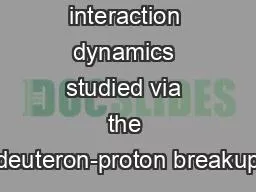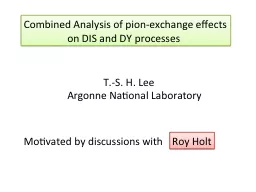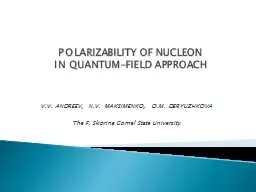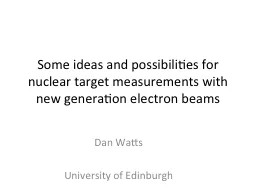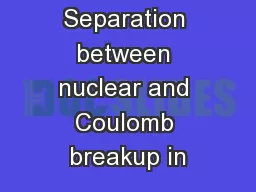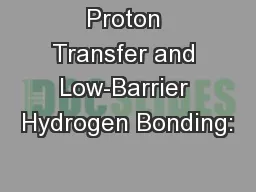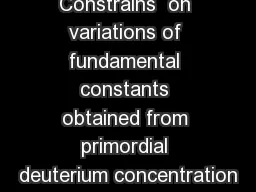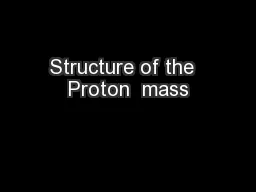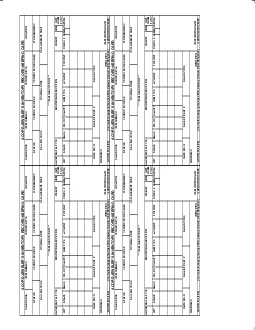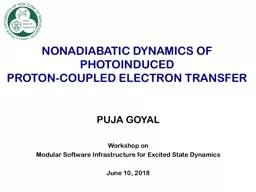PPT-Three-nucleon interaction dynamics studied via the deuteron-proton breakup
Author : fullyshro | Published Date : 2020-06-16
Elżbieta Stephan Institute of Physics University of Silesia Elżbieta Stephan University of Silesia MESON 2010 Studies of the 1 H dpp n Breakup University of
Presentation Embed Code
Download Presentation
Download Presentation The PPT/PDF document "Three-nucleon interaction dynamics studi..." is the property of its rightful owner. Permission is granted to download and print the materials on this website for personal, non-commercial use only, and to display it on your personal computer provided you do not modify the materials and that you retain all copyright notices contained in the materials. By downloading content from our website, you accept the terms of this agreement.
Three-nucleon interaction dynamics studied via the deuteron-proton breakup: Transcript
Download Rules Of Document
"Three-nucleon interaction dynamics studied via the deuteron-proton breakup"The content belongs to its owner. You may download and print it for personal use, without modification, and keep all copyright notices. By downloading, you agree to these terms.
Related Documents

